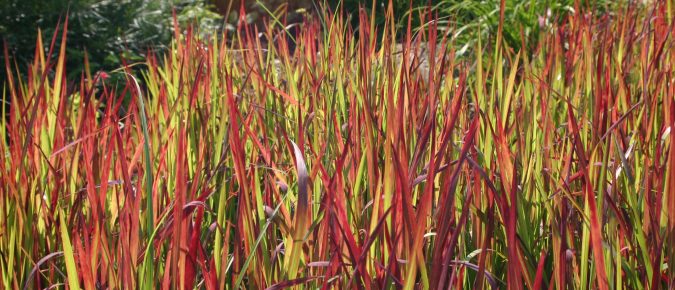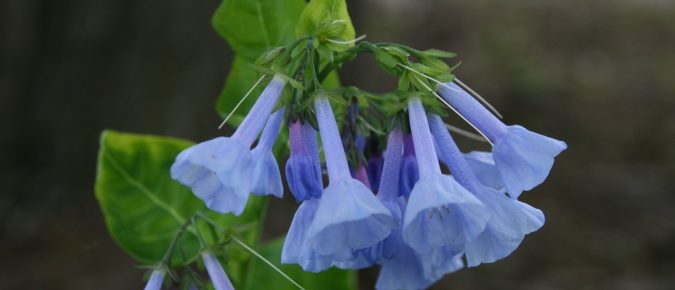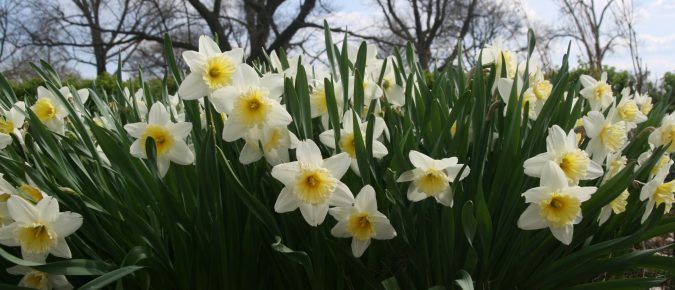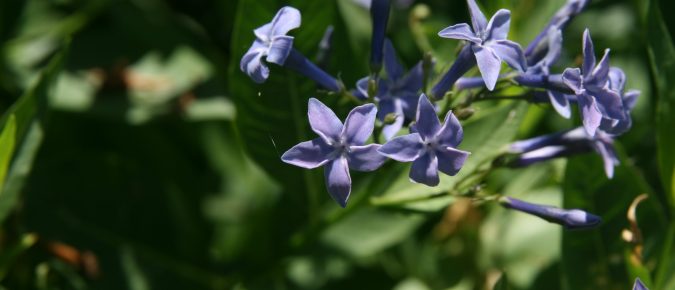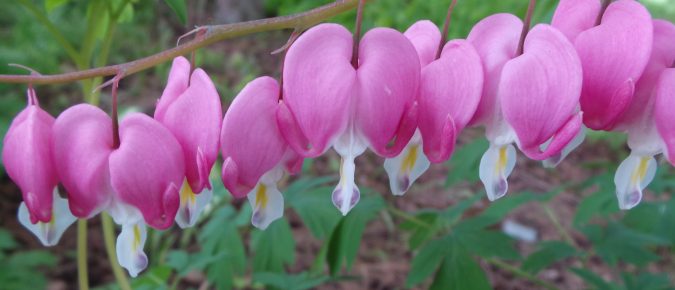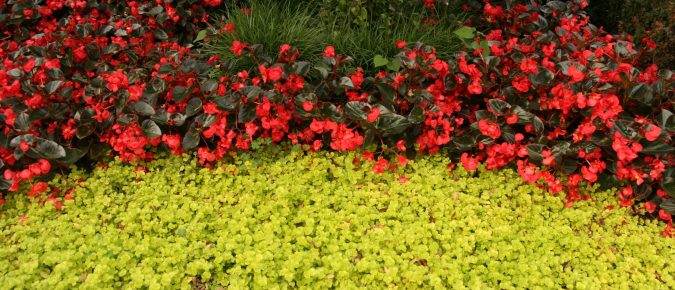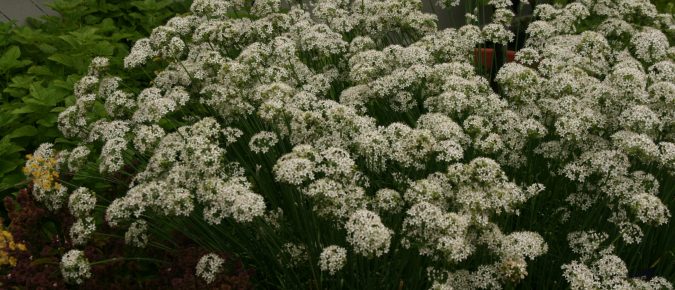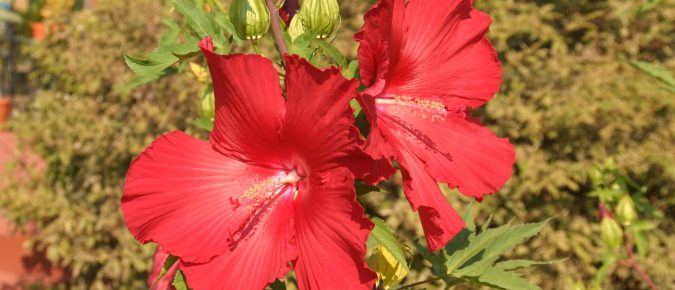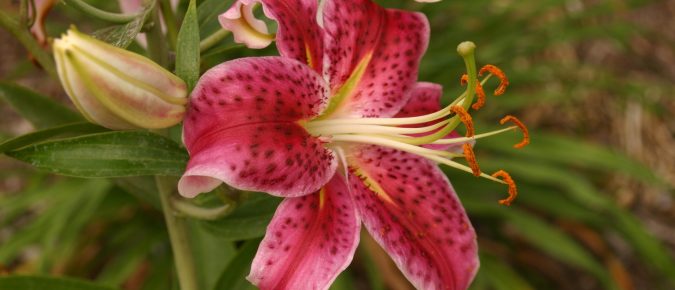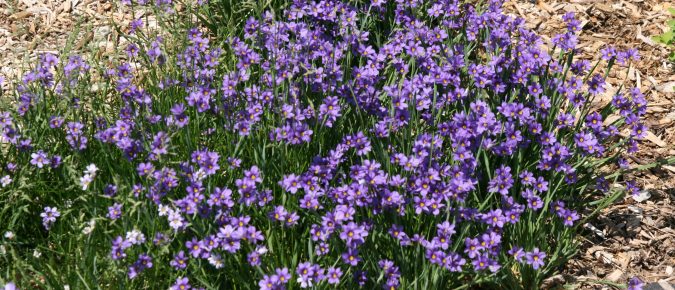With short, bright red leaves held upright for a spiky appearance, Japanese bloodgrass is an interesting addition to the garden for contrast in texture and color. But this species is also an invasive pest in many parts of the world. To learn more about this plant read this article…
Chives are a popular culinary herb in the home garden. This herbaceous perennial can also be used as an ornamental, and is particularly attractive when in bloom. To find out more about this herb, read this article…
Virginia bluebells are spring blooming herbaceous perennials that disappear for the rest of the year. With pink buds and true pale blue flowers, this plant combines well with daffodils and tulips. Combine with other perennials to hide the spaces left behind when the bluebells go dormant. You can find out a lot more about this native woodland wildflower in this article.
Everyone recognizes yellow daffodils, but these reliable spring bloomers also come in white and combinations of white, yellow and orange. Shake up your spring bulb palette by considering some of the many non-yellow daffodil cultivars. If you’re ready for something other than yellow, check out the possibilities in this article…
Amsonia hubrichtii has been chosen by the Perennial Plant Association as their Plant of the Year 2011. With blue flowers in spring and bright foliage that really shines in the fall, this plant is a great addition to both formal and informal gardens. You can find out a lot more by reading this article…
Bleeding Hearts are an old-fashioned perennial suitable for light shade areas in Wisconsin gardens and landscapes. Learn more about growing this dependable early flowering perennial in this article.
There are plenty of green groundcovers, but not as many that offer the interesting contrast of golden foliage. The leaves of Lysimachia nummularia ‘Aurea’ vary from lime green to brassy gold, depending on light exposure. This vigorous, very low grower is useful in containers as a trailing plant or to fill in around larger perennials. Learn more about this cultivar by checking out this article…
The white blossoms of garlic chives begin to bloom in late summer or early fall. Although edible, this perennial is more often used as an ornamental. Learn more about Allium tuberosum in this article…
With big, bold crimson flowers, ‘Lord Baltimore’ hibiscus is a showstopper when in bloom. Not a tender tropical hibiscus, but a hardy herbaceous perennial, this tall plant is great as a specimen, an accent in the mixed garden or at the back of a perennial garden. To learn more about this flashy flower, read this article on ‘Lord Baltimore’ …
Almost everyone knows the ‘Stargazer’ lily. This hybrid Oriental lily was introduced in 1978 and still is one of the most popular cultivars today. To learn more about this gorgeous, easy-to-grow plant, read this article on “Stargazer’ Lily …
The genus Sisyrinchium is a large group of annuals and perennials with narrow leaves that produce a grass-like appearance. Another common feature of many species is the blue to purple flowers with yellow centers – prompting the common name of Blue-eyed Grass. To learn more about this group of plants native to the Americas, read this article…
Lady’s mantle is an old-fashioned plant that still has a place in the ornamental garden. The European native Alchemilla mollis offers interesting foliage and an airy spray of yellow flowers in early summer. To learn more about this tough plant, read this article…

